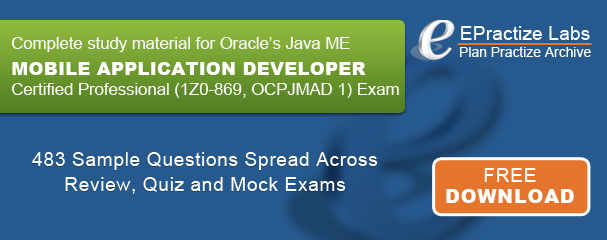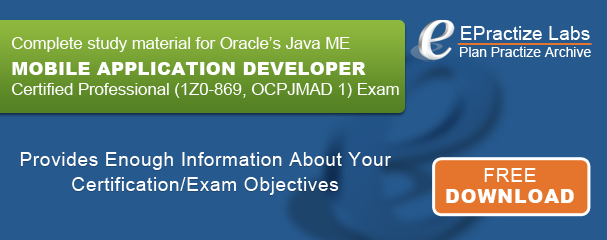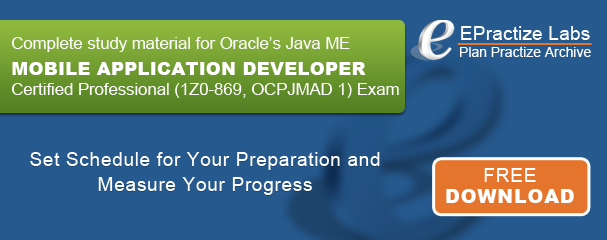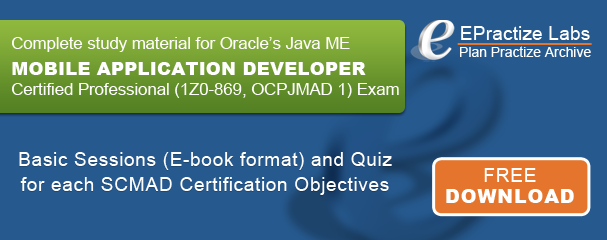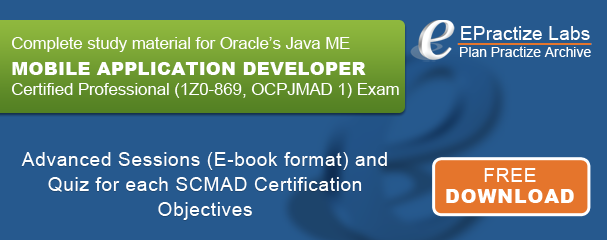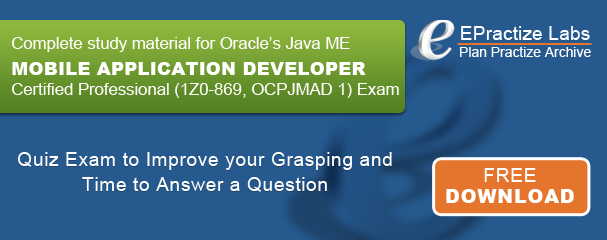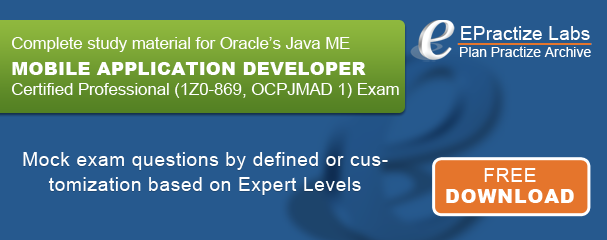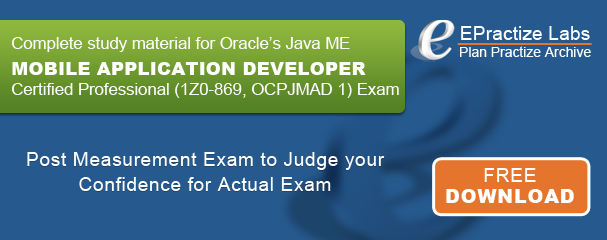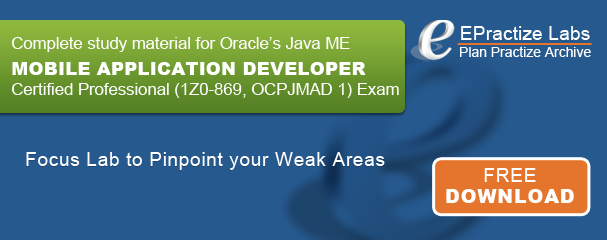- Explain the specification guarantees for: browsing for MIDlet suites, transferring MIDlet suites, using HTTP, push registries, basic authentication, installing and updating MIDlet suites, invoking MIDlet suites, and deleting MIDlet suites.
- Identify correct and incorrect statements or examples about the MIDP application model, including: the MIDP execution environment, MIDlet suites, MIDlet suite packaging (including the manifest and the application descriptor), discovering available services on the device, discovering which version of MIDP and CLDC is on the device.
- Develop applications that correctly reflect a MIDlet's application lifecycle, including: the purpose of the MIDlet class, communication with the application management software, platform request API, valid MIDlet states and transitions, and the behavior that should and should NOT be implemented within different lifecycle methods (including the constructor).
- Deploy a MIDP 2.0 application with the correct use of Java Application Descriptor (JAD) files and manifests.
- Given an installation failure, analyze the problem and develop possible resolutions.
- Given a set of requirements, develop applications that correctly implement MIDP 2.0 support for delayed or scheduled activities using timers and background threads.
|

